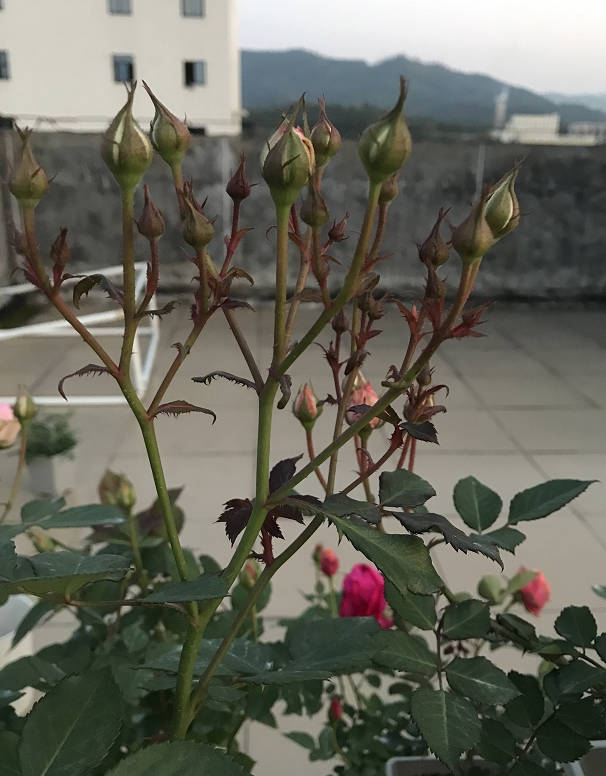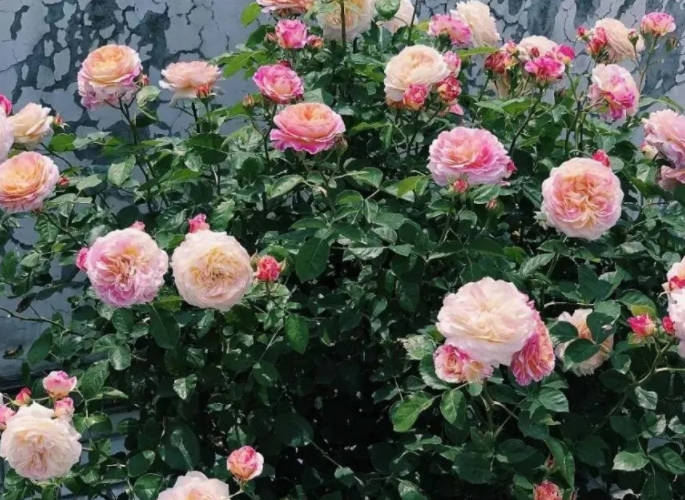Rose Care in April: 6 Common Problems Solved
With the arrival of April, roses are at a critical stage of growth and bud production. During this period, gardeners may encounter some typical problems. In this article, we will summarize the common challenges in rose care in the near future and strategies to deal with them, so you can take care of your garden with ease.
April Roses Frequently Asked Questions

We’ve compiled a list of the most common issues that flower lovers have been concerned about recently. Feel free to leave a comment if you are experiencing any other special situations.
1. Yellowing of bottom leaves
Beginning with early spring and February budding, roses go through a rapid growth period. Toward the end of March and beginning of April, many gardeners notice that the bottom or inner leaves of the plant begin to yellow. This phenomenon is especially noticeable on vine roses – a large number of yellow leaves may appear at the same time.
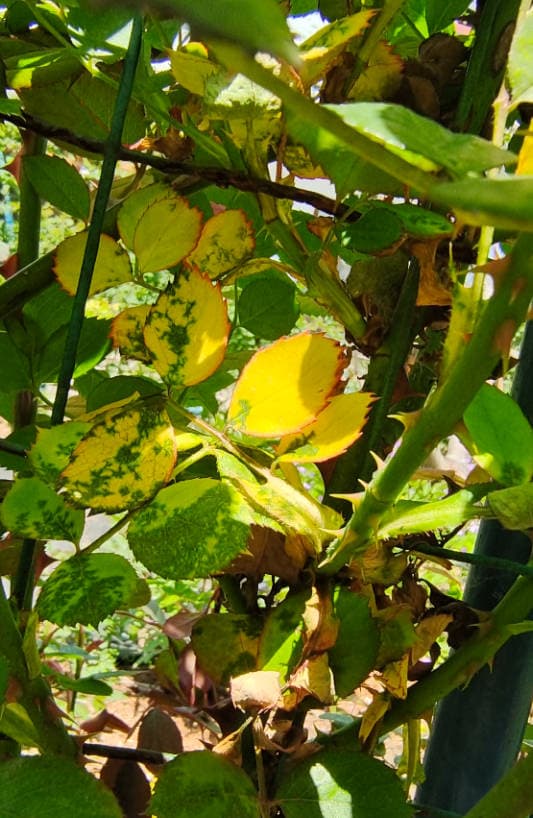
Cause Analysis:
These yellow leaves are usually the result of natural metabolism. They are mostly bottom or interior leaves that sprouted early, and as new upper leaves grow and block out sunlight, the older leaves complete their mission and fall off naturally.
Treatment suggestions:
- Shrub roses: remove yellow leaves manually
- Large vine roses: can be cleaned up quickly with a high pressure water gun.
- If not treated in time, the accumulation of yellow leaves may cause pests and diseases.
2. Tip drying of young leaves
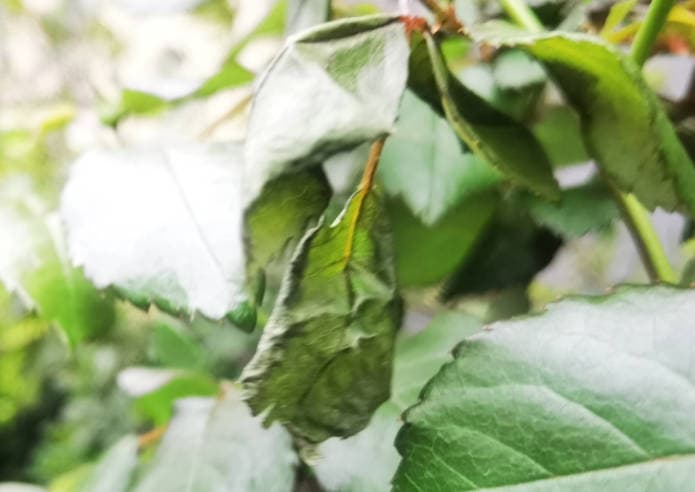
The leaves of April roses are supposed to be fresh and full, but some plants may show drying of the tips of the young leaves.
The main cause:
- Strong wind damage (e.g. recent windy and cooling weather)
- Excessive concentration of fertilizer
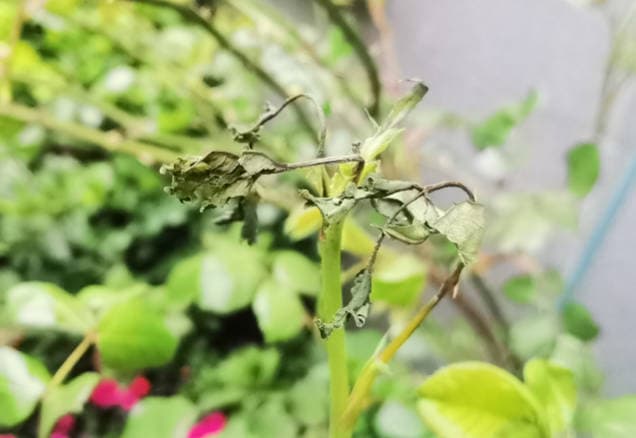
Distinguishing Characteristics:
- Fertilizer damage: multiple leaves abnormal at the same time
- Wind damage: only a few leaves are damaged
First aid measures:
If fertilizer damage is confirmed, immediately dilute the fertilizer in the soil by irrigating the roots with large amounts of water.
3. Localized branch wilting

If you find some branches or new shoots wilting, please observe first:
Safety:
If only the buds on the old and weak branches or thin branches wither, while the strong branches are normal, this is a normal phenomenon that the plant naturally eliminates the weak parts.
Treatment:
Prune the wilted branches, strengthen the fertilization and light management, and promote the robust growth of new branches.
4. Aphid outbreak

Spring (especially March and April) is a high incidence period for aphids. These small green or black insects often gather on shoots and buds, reproduce rapidly and cause serious damage.
Control program:
- For a small number of plants: “Flower Friend” (non-diluted spray) is recommended.
- Large area control: Use imidacloprid or acetamiprid etc. after dilution and spraying.
5. Blind branches
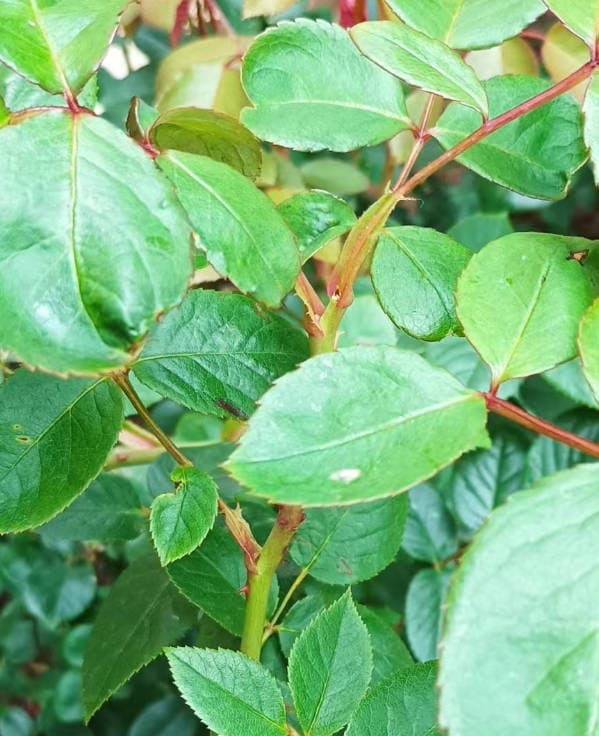
When April roses start to produce flower buds, some of the branches that are growing well may stop growing and form blind branches that do not flower.
Causes of formation:
- Branches are too weak
- Insufficient light or nutrients
- Calcium uptake is impaired due to early and excessive use of phosphorus and potassium fertilizers.
Preventive measures:
- Thinning of buds in early spring, retaining strong bud points
- Balanced application of nitrogen, phosphorus and potassium fertilizers before bud emergence
- Ensure sufficient light
Treatment of existing blind branches:
- Strong blind branches: Lightly cut to promote new branches.
- Weak blind branches: remove directly
- Many blind branches on the whole plant: strengthen water and fertilizer management, hold off pruning.
6. Scarred or deformed leaves

From late March to early April, rose leaves may show scarring or new leaf deformities.
Common causes:
Excessive concentration of pesticides or fertilizers
Important Tip:
- Pesticides should be used with care: the recommended concentration for crops is usually higher than the tolerance level of flowers, and it is recommended to increase the dilution ratio.
- Water-soluble fertilizers should be adjusted according to the plant growth and species characteristics of concentration
Remedy:
- Pesticide damage: usually recover with time
- Fertilizer damage: immediately diluted with large amounts of water

